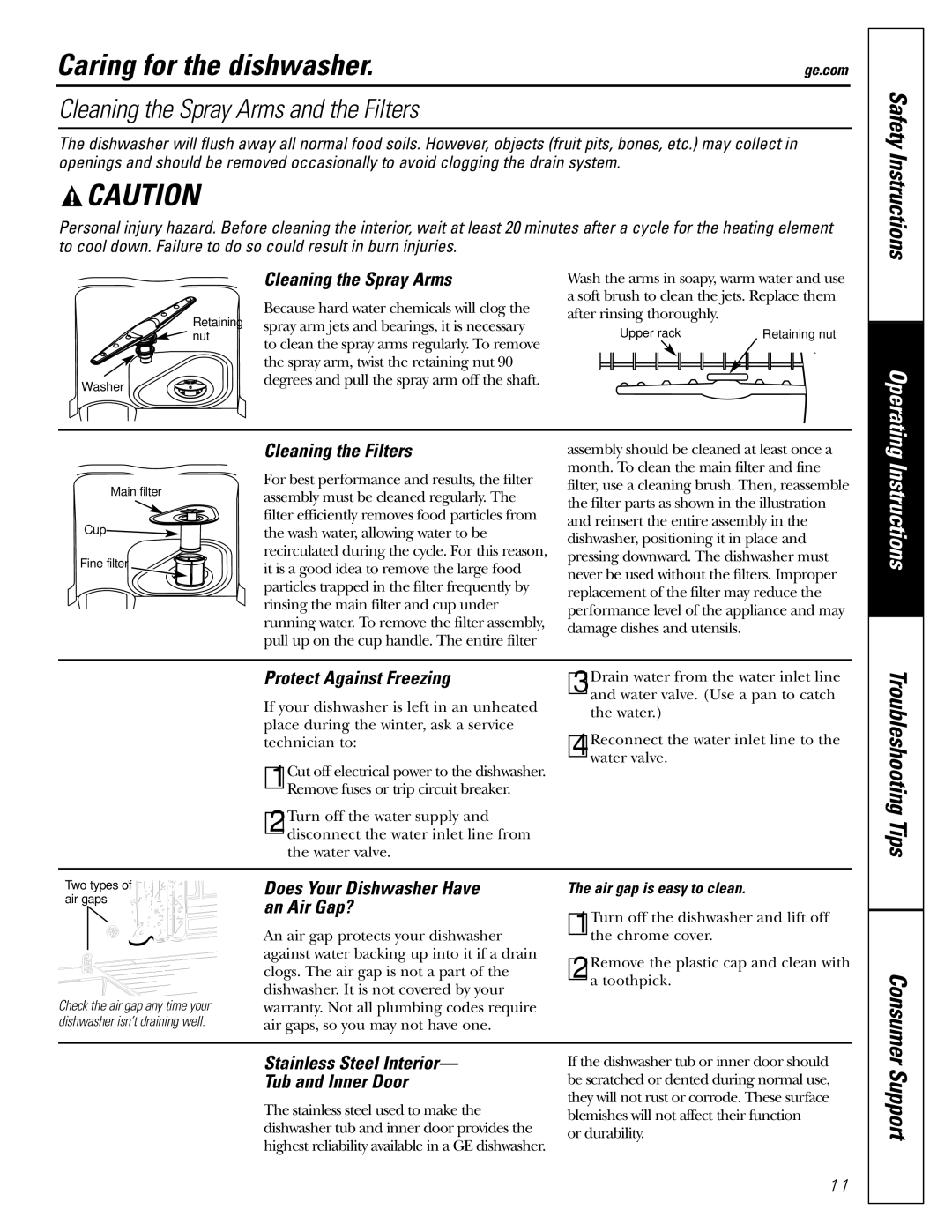GSM1800 specifications
The GE GSM1800 is a significant contribution to the realm of mobile communication technology, designed to operate on the GSM (Global System for Mobile Communications) 1800 MHz frequency band. This mobile transmission standard is widely adopted in many countries for its efficiency in supporting voice and data services. The GSM1800 operates in a frequency band that allows for a higher capacity for users and services compared to other frequency bands, making it a preferred choice for urban environments where demand is high.One of the primary features of the GE GSM1800 is its enhanced communication quality. The technology leverages advanced modulation techniques, such as Gaussian Minimum Shift Keying (GMSK), to ensure clear and reliable voice transmission. This modulation technique minimizes interference and enhances the signal's robustness, which is essential in densely populated urban areas.
Another notable characteristic of the GE GSM1800 is its support for various communication services. Apart from standard voice calls, it can handle SMS (Short Message Service), MMS (Multimedia Messaging Service), and GPRS (General Packet Radio Service). GPRS allows for packet-switched data communication, facilitating internet browsing, email, and multimedia downloading, showcasing the versatility of the GE GSM1800 in catering to modern mobile communication needs.
The GE GSM1800 also features an adaptive power control mechanism that optimizes transmission power. This functionality not only conserves battery life in mobile devices but also reduces the risk of interference between neighboring cells. The system utilizes dynamic channel allocation, enabling it to allocate communication channels based on real-time user demand, further enhancing efficiency and performance.
Security is another priority in the design of the GE GSM1800. The technology incorporates strong encryption protocols to protect user data and uphold privacy in communications. This aspect is particularly crucial in today's environment, where cyber threats are prevalent.
In summary, the GE GSM1800 stands out for its combination of high capacity, quality voice services, versatile data capabilities, efficient power management, and robust security features. These characteristics make it a reliable choice for mobile operators seeking to meet the growing demand for mobile communication in today's fast-paced digital landscape. As mobile technology continues to evolve, the features and capabilities of standard GSM systems like the GE GSM1800 remain foundational to advancing communications for users around the globe.

